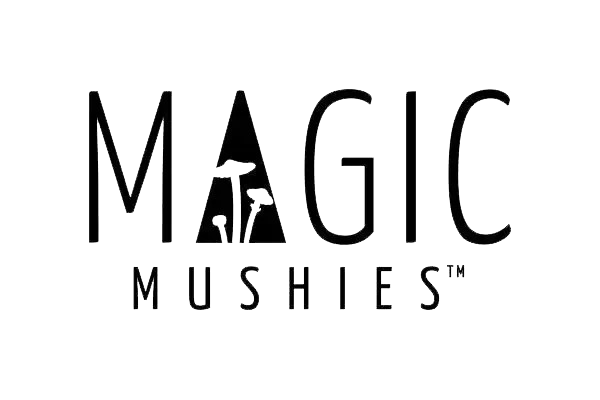What is the history of magic mushrooms?
The use of magic mushrooms in rituals and ceremonies has been woven throughout history. Evidence reaching back to 10,000 BCE in the form of mushroom art on rocks in Kimberley, Australia, points to psilocybin use. There’s also proof littered throughout literature across the ages that diverse global cultures have dabbled in shrooms.
The Teonanácatl, or “God mushrooms,” of the Aztecs were immortalized in text by the Spanish in the 16th century. The mythical substance Soma, mentioned in the ancient Hindu text the Rig Veda, was argued to be derived from magic mushrooms.
For ethnomycologist Terence McKenna, the consumption of magic mushrooms irrevocably influenced the trajectory of human evolution (aka his stoned ape theory), contributing to advances in language, culture, religion, and even hunting, a belief echoed by ethnomycologist R. Gordon Wasson.
Wasson’s writing on magic mushrooms saw awareness of the fungi spread to psychedelic chemists such as Albert Hofmann. Hofmann then launched into research to isolate the active compound in mushrooms and uncover its uses.
Other leading figures in the psychedelic movement founded the famous, and controversial, Harvard Psilocybin Project in the early 1960s, notably Timothy Leary and Ram Dass. The project investigated and documented the effects of psychedelics on Harvard graduate students.
Research into the therapeutic applications of magic mushrooms essentially ground to a halt in 1970 following the introduction of the Controlled Substances Act in the US. This trend is being reversed today as researchers lean back into psilocybin research.
